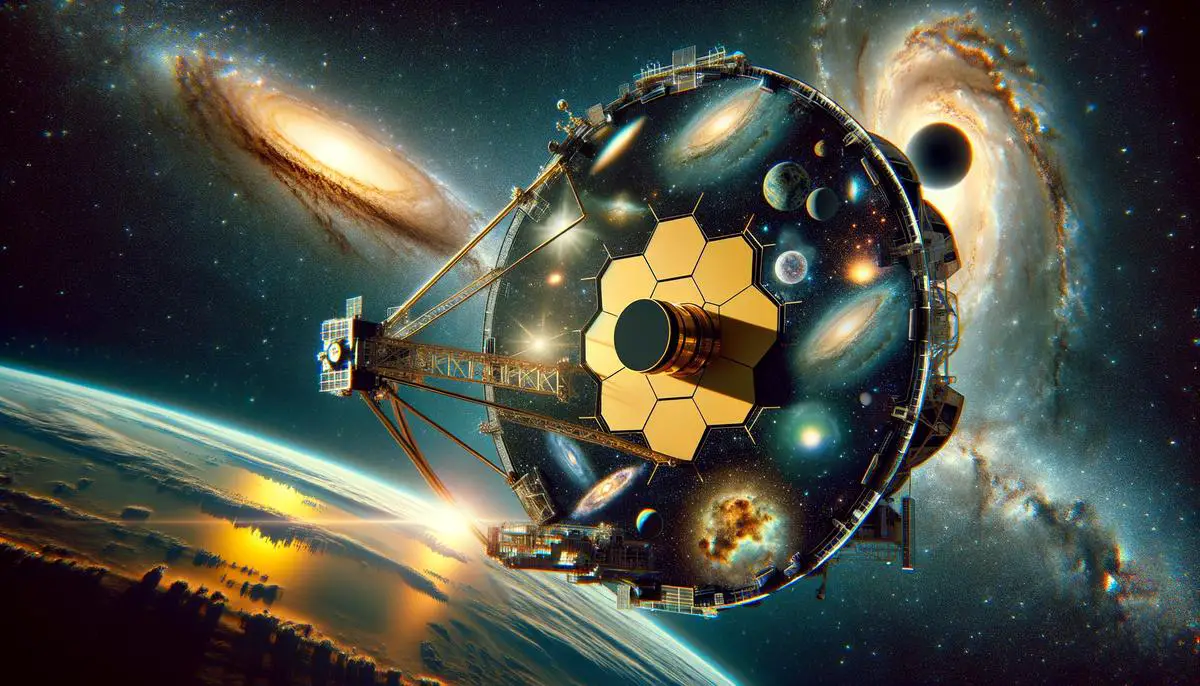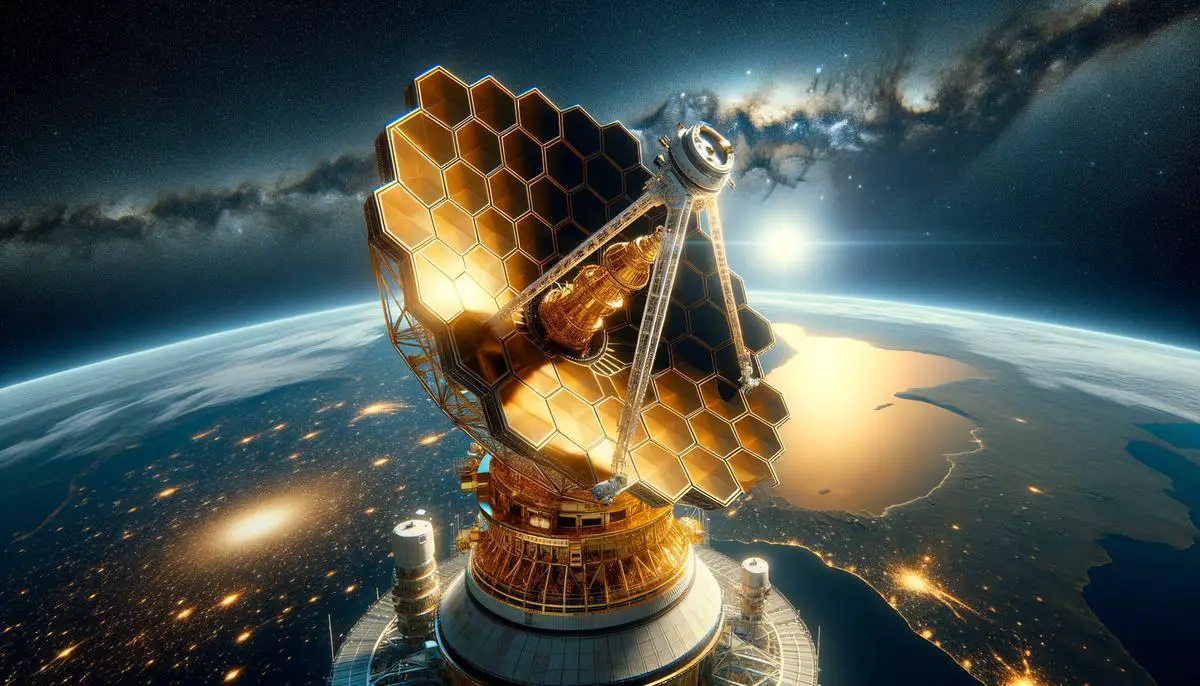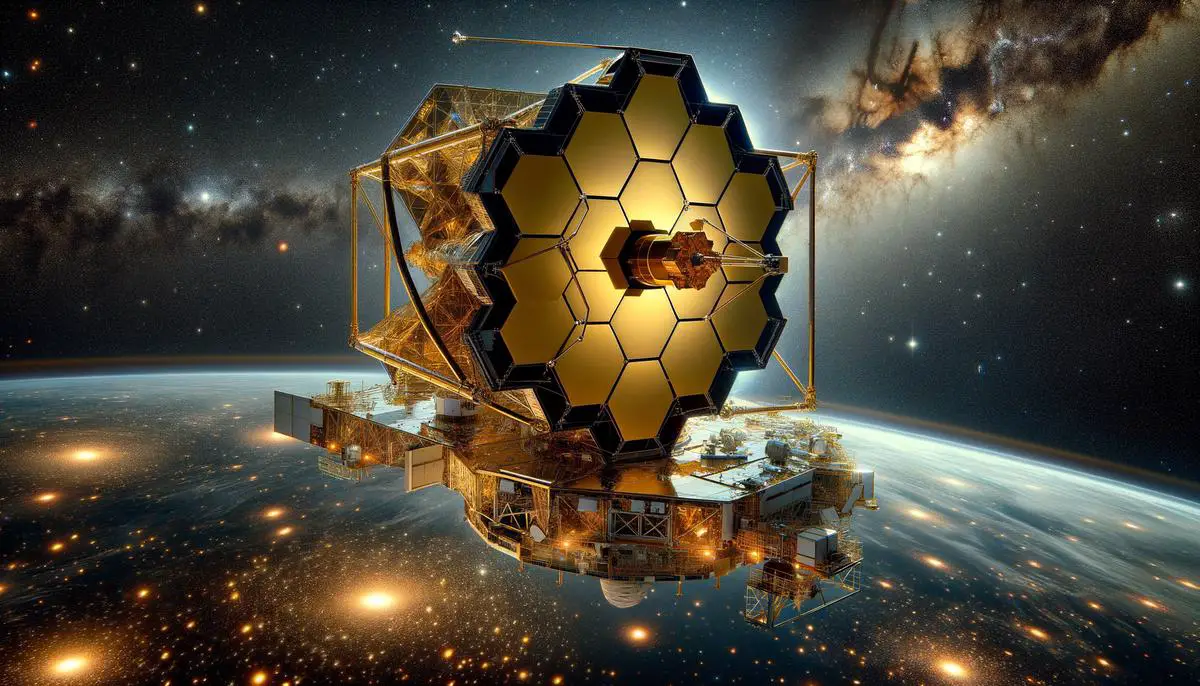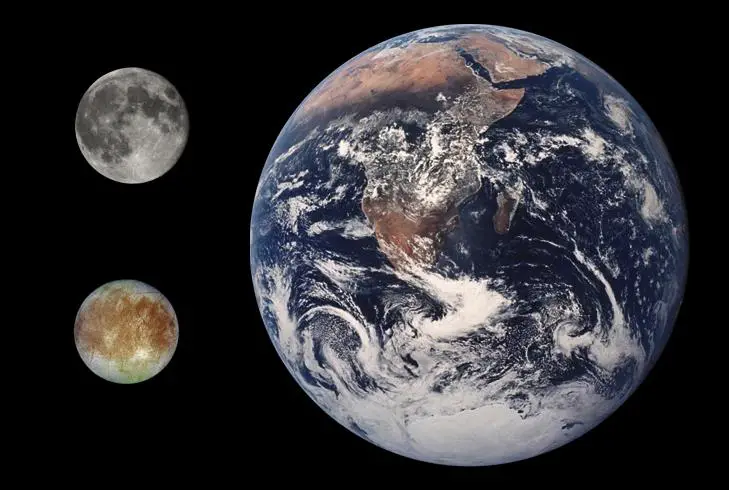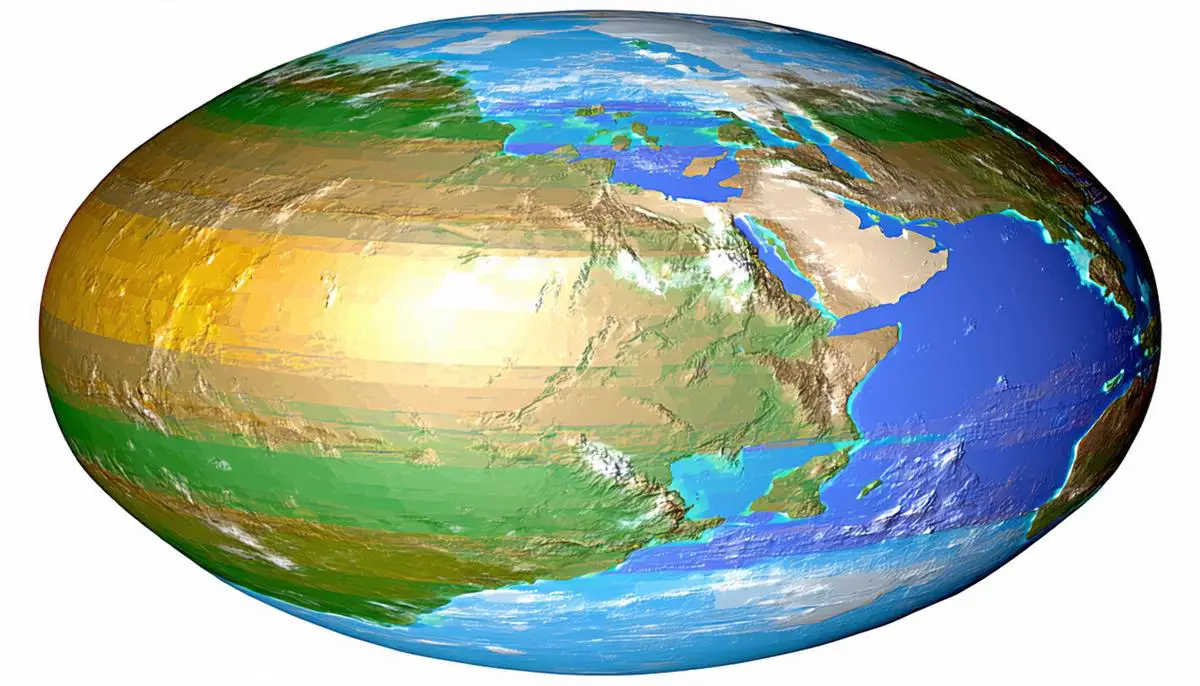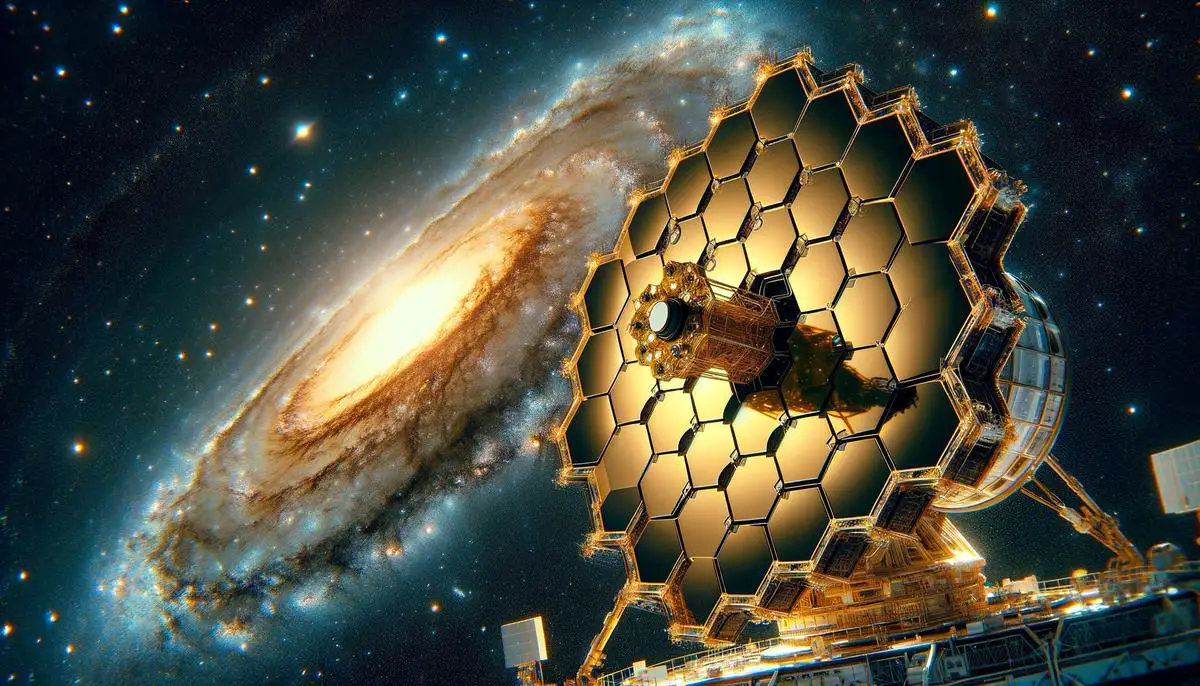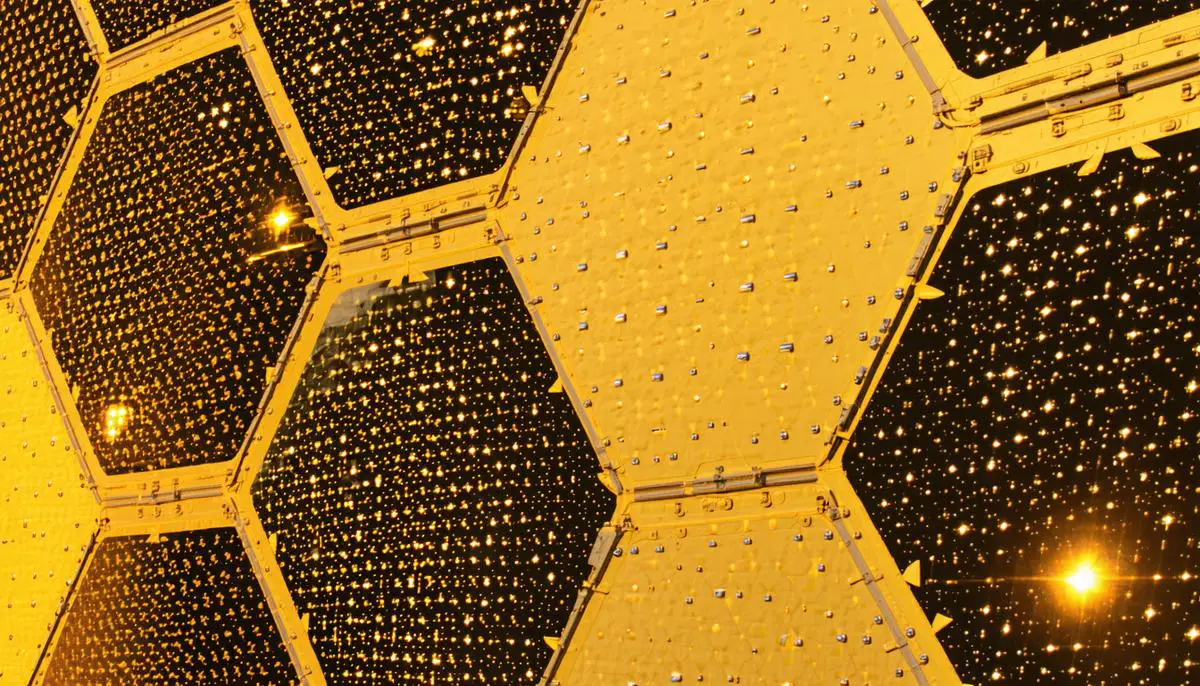Early Universe Discoveries The James Webb Space Telescope (JWST) has uncovered galaxies that existed when the universe was approximately 300 million years old. Notably, galaxies GS-z14-0 and GS-z14-1 were detected using redshift techniques, allowing astronomers to examine the cosmic dawn period. GS-z14-0, observed as it was 290 million years after […]
![]()
